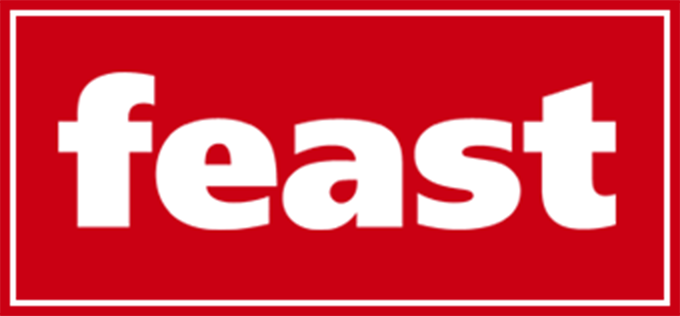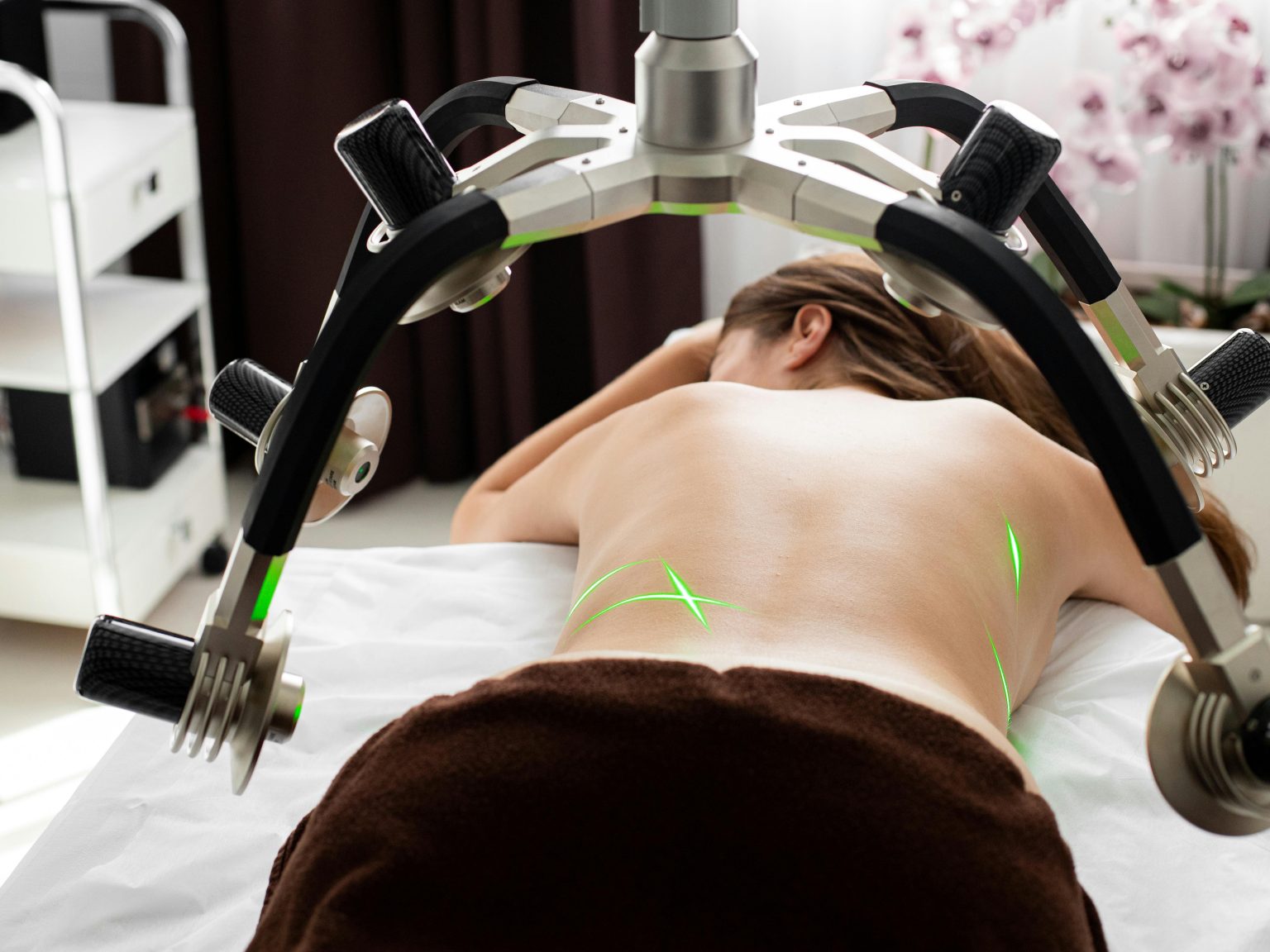Reducing excess fat and improving body shape without surgery has become a growing priority for many individuals seeking non-invasive, medically backed treatments. As a result, aesthetic medicine now offers a wide variety of fat reduction procedures that do not require liposuction or extended recovery time. From injection-based lipolysis to advanced body contouring technologies, the options are numerous. In this article, we explore how these methods work, when they are used, and what results can realistically be expected.
Understanding Fat Accumulation and Its Challenges
Body fat serves as a natural energy reserve, but excess accumulation in localized areas can lead to aesthetic and health-related concerns. Common problem areas include the abdomen, thighs, arms, flanks, and chin. These areas may not respond well to diet and exercise alone, especially when genetic or hormonal factors are involved. Additionally, cellulite—a structural issue of subcutaneous fat and connective tissue—often persists despite weight loss efforts.
Modern fat reduction techniques target these stubborn fat deposits directly, aiming to dissolve fat cells and enhance the body’s natural elimination processes.
Injection Lipolysis: A Non-Surgical Fat Dissolving Method
Injection lipolysis is a widely used non-invasive procedure that involves injecting active substances into the subcutaneous fat layer. The goal is to dissolve fat cells, which are then metabolized and excreted by the body over several weeks. This approach is considered effective for small to medium fat deposits, especially in areas resistant to physical activity and diet.
One of the most researched and practiced forms of injection lipolysis involves phosphatidylcholine-based formulas combined with other fat-metabolizing agents. Among these, lipo lab is often used in aesthetic clinics worldwide as part of non-surgical slimming and contouring programs.
How Injection Lipolysis Works
When injected into targeted areas, lipolytic solutions disrupt the membranes of fat cells, causing them to release their content (triglycerides), which the body then processes through the lymphatic and hepatic systems. The injected area may experience mild swelling, tenderness, or warmth for a few days, but the procedure generally requires no downtime.
Repeated sessions may be recommended, usually spaced a few weeks apart, to achieve gradual but measurable fat reduction and body reshaping. Results vary depending on metabolism, lifestyle, and the specific formulation used.
Lipo Lab PPC Solution: A Common Choice in Injection-Based Treatments
The term “PPC” refers to phosphatidylcholine, a naturally occurring compound that plays a role in fat metabolism. In Lipo Lab PPC solution, PPC is combined with other agents to enhance lipolysis while minimizing inflammation and discomfort.
Although the product is not a substitute for weight loss, it is often used to refine contours, reduce cellulite, and support a more defined silhouette in specific body zones. The use of such solutions can complement broader wellness strategies, including exercise, a balanced diet, and other body treatments like lymphatic drainage or radiofrequency therapy.
Who Is a Candidate for Injection-Based Fat Reduction?
Injection lipolysis is best suited for individuals who are close to their ideal weight but wish to reduce localized fat pockets that have not responded to conventional methods. It is not intended for general weight loss but rather for contouring purposes.
The most commonly treated areas include:
- Lower abdomen
- Flanks (“love handles”)
- Thighs
- Upper arms
- Submental area (double chin)
Patients with realistic expectations, stable weight, and healthy metabolism typically respond well to the treatment.
Combining Injection Lipolysis with Other Contouring Techniques
To enhance outcomes, injection-based methods are often integrated into comprehensive body contouring plans. This may include:
- Cryolipolysis (fat freezing) – targets fat cells through controlled cooling.
- Radiofrequency therapy – improves skin firmness and reduces cellulite.
- Ultrasound cavitation – helps break down fat cells using sound waves.
- Manual lymphatic drainage – supports the removal of cellular debris and toxins.
These combinations aim to improve skin quality, stimulate metabolism, and reduce the visibility of fat accumulation and skin irregularities.
Safety and Considerations
While injection lipolysis is considered safe when performed by qualified professionals, it is not without risks. Possible side effects include bruising, redness, or allergic reactions. Proper technique and patient assessment are essential to minimize complications and achieve desirable outcomes.
It’s important to note that fat-dissolving injections should only be administered in regulated clinical settings, under medical supervision. Self-injection or use without professional guidance is strongly discouraged and may result in serious adverse effects.
Final Thoughts
Non-surgical fat reduction and body contouring treatments have become viable alternatives for people looking to improve their shape without the need for invasive surgery. Among these, injection lipolysis with solutions like lipo lab provides a promising option for localized fat reduction, with minimal recovery time and a gradual, natural-looking effect.
As with any cosmetic procedure, individual consultation and a personalized plan are key. When used appropriately and in conjunction with healthy lifestyle habits, modern fat reduction techniques can help achieve more balanced and aesthetically pleasing body proportions.



